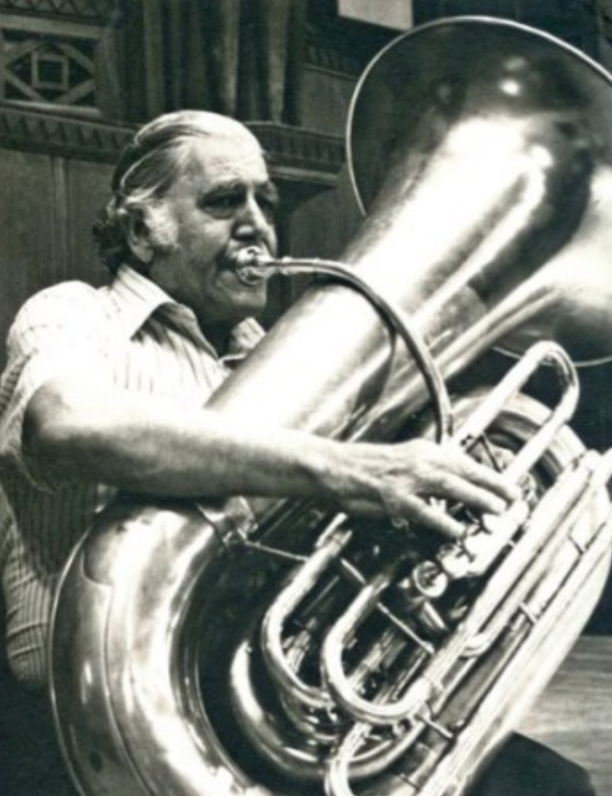An article from 1998 in ‘Psykolog Nyt’ (New Psychologist) refers to American research results, which demonstrate that if stress leads to miserable night’s sleep it leads to a weakening of the immune system.
As in previous studies a consistent correlation was found between the degree of grief and stress on the one hand and the degree of weakened immune system on the other.
Yet as something completely new, this connection was also found to be fully explained through a stress-induced sleep disorder.
If one saw the trial subjects who suffered most from stress and grief, it was only they who also had severe disorders at night, who showed a weakened immune state during the day. The trial subjects suffering just as much from stress and grief, yet having no nightly sleep disturbances, had no decline in their immune system.
These results show that the previously proven association between stress and immune weakening is to some extent that stress weakens the sleep process, which in turn weakens the immune system.
Read:
“Sleep as a mediator of the stress-immune relationship”.









